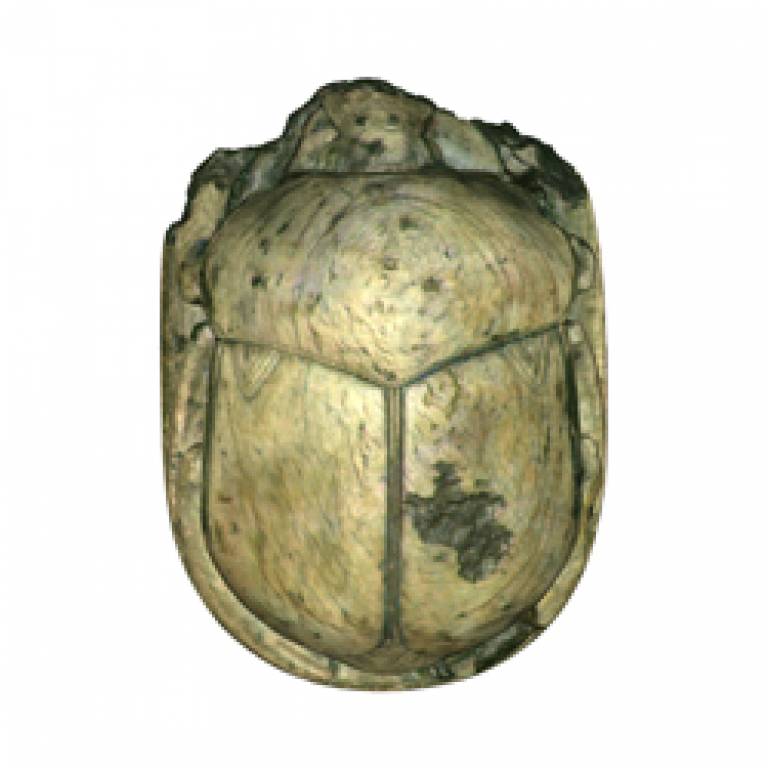Latest generation 3D colour laser scanning technology for UCL research
29 September 2006
The installation at UCL in October 2006 of the latest generation Arius 3D colour laser scanner - worth £500,000 and the first of its kind in Europe - will create opportunities for the university's researchers and conservators, as well as museums and other institutions.

The new scanner will be installed in the interdisciplinary UCL Chorley Institute, based in the Pearson Building. Its applications will serve a range of sectors, including - but not limited to - heritage, engineering, medicine, dentistry, anthropology, archaeology, art and architecture.
The international scanner manufacturer and software developer Arius 3D has considerable experience working with museums and institutions. The company will work particularly closely with Professor Bernard Buxton, Dean of UCL Engineering Sciences, Dr Stuart Robson, UCL Geomatic Engineering, and Sally MacDonald, Director of UCL Museums & Collections. She said: "This partnership offers wonderful opportunities for new types of interdisciplinary research with museum collections, and for rethinking object-based learning."
Collaborative projects will include the scanning of artefacts in the UCL Petrie Museum of Egyptian Archaeology.
In the heritage sector, UCL aims to set international standards and best practice for 3D laser technology and 3D visualisation, as well as developing significant new technologies for authentication, registration and measurement of decay.
The negotiations with Arius 3D were initiated and led by Dr Anna Clark, Senior Business Manager, UCL Business PLC, who also managed relationships with associated institutions, museums, companies and end-users.
UCL staff with an academic interest in scanning should contact Dr Robson (x32726), while those with a business interest should contact Dr Clark (x09822).
To find out more about Arius 3D, use the link at the bottom of this article.
Images: Scans of a scarab (716-702BC). Images courtesy of the Royal Ontario Museum
- Link:
- Arius 3D
 Close
Close

